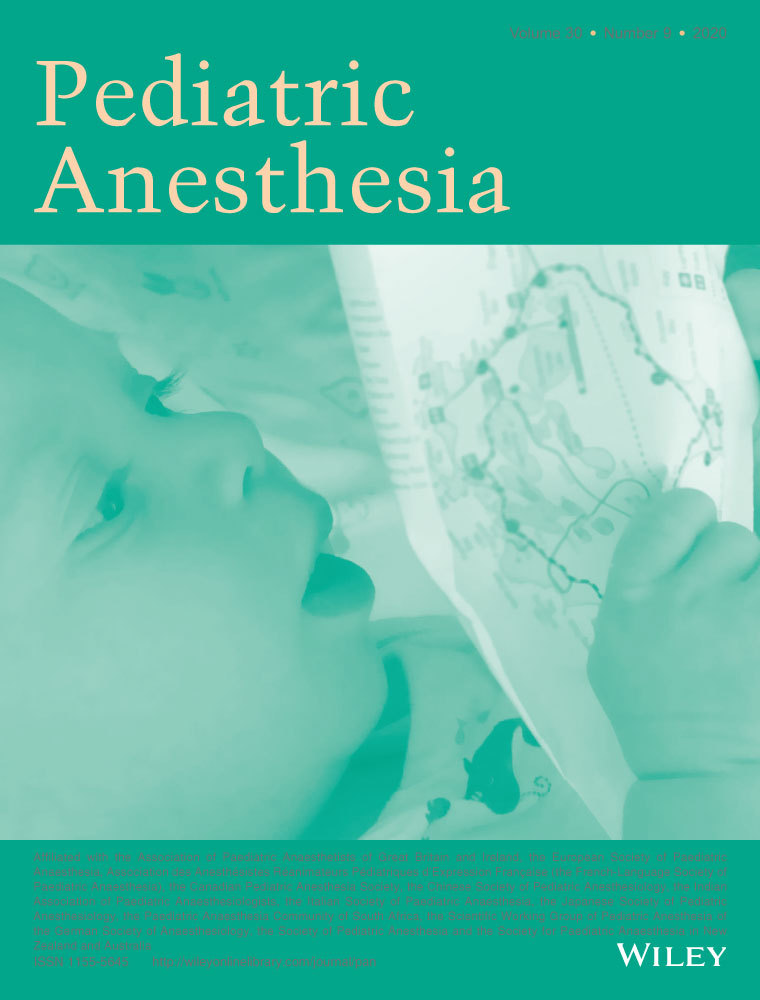Effects of hypothermia and hypothermia combined with hypocapnia on cerebral tissue oxygenation in piglets
Funding information
This work was supported by the Anna Mueller Grocholski-Foundation, Zurich, with a Research Grant (2016) (no grant number).
Abstract
Background
Hypothermia and its combination with hypocapnia are frequently associated with anesthesia.
Aims
The goal was to investigate the effects of hypothermia and hypothermia combined with hypocapnia (hypothermia-hypocapnia) on cerebral tissue oxygenation in anesthetized piglets.
Methods
Twenty anesthetized piglets were randomly allocated to hypothermia (n = 10) or hypothermia-hypocapnia (n = 10). Cerebral monitoring comprised a tissue oxygen partial pressure (PtO2), a laser Doppler probe, and a near-infrared spectroscopy sensor, measuring regional oxygen saturation (rSO2). After baseline recordings, hypothermia (35.5-36.0°C) with or without hypocapnia (target PaCO2: 28-30 mm Hg) was induced. Once treatment goals were achieved (Tr0), they were maintained for 30 minutes (Tr30).
Results
No changes in PtO2 but a significant increase in rSO2 (Tr0 (mean difference 8.9[95% CI for difference3.99 to 13.81], P < .001); Tr30 (10.8[6.20 to 15.40], P < .001)) were detected during hypothermia. With hypothermia-hypocapnia, a decrease in PtO2 (Tr0 (−3.2[−6.01 to −0.39], P = .021; Tr30 (−3.3[−5.8 to −0.80], P = .006)) and no significant changes in rSO2 occurred. Cerebral blood flow decreased significantly from baseline to Tr0 independently of treatment (−0.89[−0.18 to −0.002], P = .042), but this was more consistently observed with hypothermia-hypocapnia.
Conclusions
The hypothermia-induced reduction in oxygen delivery was compensated by lowered metabolic demand. However, hypothermia was not able to compensate for an additional reduction in oxygen delivery caused by simultaneous hypocapnia. This resulted in a PtO2 drop, which was not reflected by a downshift in rSO2.
CONFLICT OF INTEREST
The authors report no conflict of interest.




